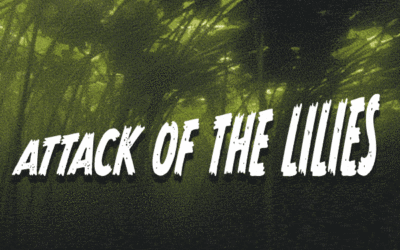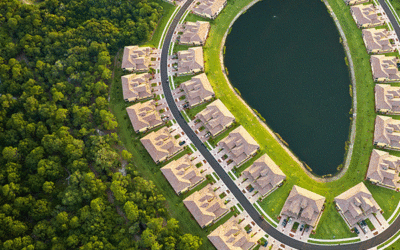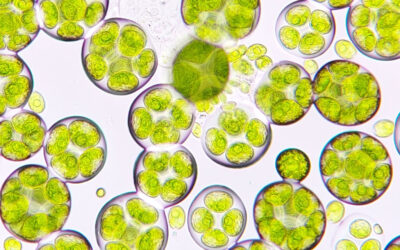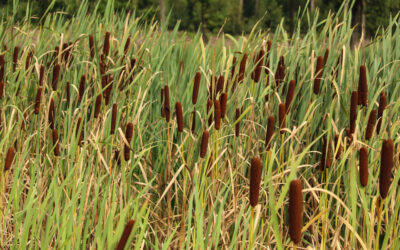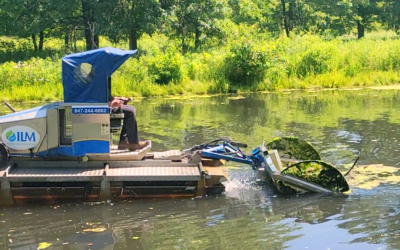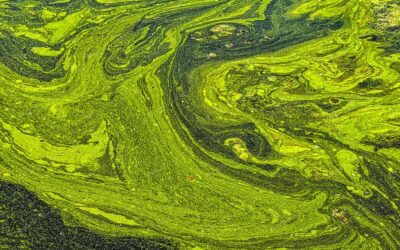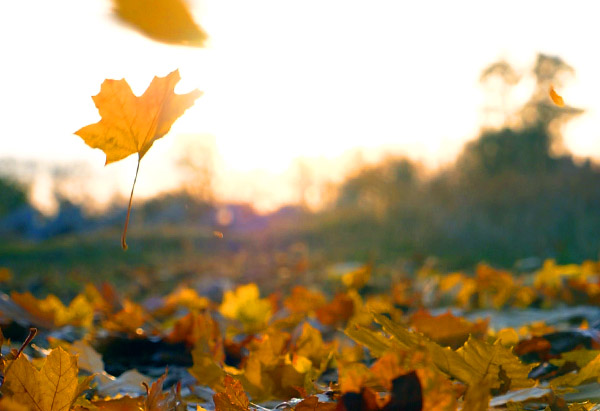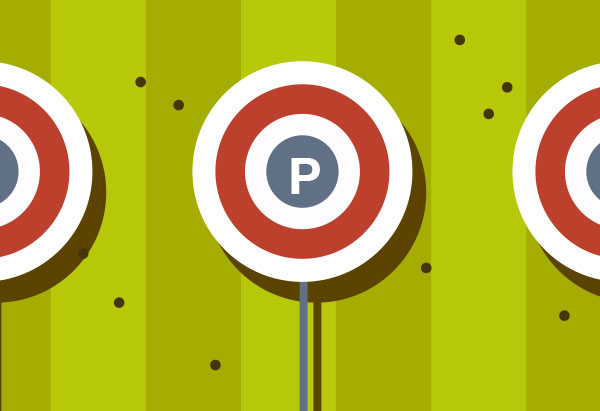Phosphorous release from the sediment is at its peak in the Autumn months, make it the optimal time for testing.
Plus, doing this testing now allows you to plan and budget for algae prevention in the Spring vs. costly reactive measures once an algal bloom breaks out.
This testing is called Sediment phosphorus fractionation.
Attack of the Lilies
ILM answers questions about Water Lilies: Are they bad? How any are good amount, and how to control lilies in your lake or pond.
Do you know what’s happening below the surface of your pond?
ILM Sediment Studies can give you the data and insight on your storm basin, channel, or detention pond that you need to plan, budget, and avoid costly issues.
Quick Fix Dock and Shoreline Solutions!
ILM has solutions for immediate removal of aquatic plants and algae that are choking out your shorelines and docks. Our quick response services will get your docks looking picture perfect!
Algae: The Good, The Bad, & The Ugly
As water temperatures rise, we are starting to see growth in our water bodies. One thing that may be presenting itself is algae. What is Algae? Take a closer look at algae and identify the good the bad, and the ugly of the species that has an effect on all midwest lakes and ponds.
Lake Activity: March
In March, your lake in northeast Illinois and southeast Wisconsin is transitioning from the Winter chill to warmer weather. The water temperature is still cold, limiting significant plant or algae growth. But activity is starting to happen, some that you can’t necessarily see, that will impact how your lake “behaves” come Summer.
How Nutrient Deactivation Helps Control Duckweed in Lakes
Nutrient deactivation is a process that reduces the availability of nutrients—primarily phosphorus—in the water column and sediments. This process helps control the invasion of duckweed (Lemna spp.) in lakes and ponds
Cattail Management: How to Control Cattails in Your Pond
If you pass by any water-related environment that has been left in the hands of Mother Nature, you’ll probably see cattails. These perennials are some of the most common aquatic plants, particularly in ponds, lakes, and marshes, that can grow 5-10 feet in height. Even...
Manual Harvesting
When aquatic plants are fully grown and have reached the surface of your lake or pond (we call this “topping out”), manually removing them using specialized equipment is often the best solution. This entails raking, pulling, or cutting the plants and removing them from the water. Manually removing excessive aquatic plants from a lake can offer several benefits
The Algae Dilemma
Plants and algae are essential for all living things. However, excessive algae growth, often called an algae bloom, can negatively affect a lake’s ecosystem and surroundings. ILM explores some of the reasons why too much algae can be detrimental.


